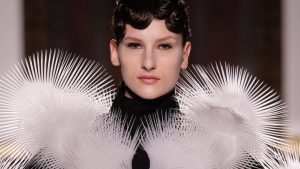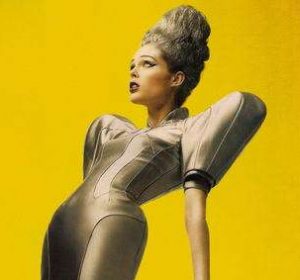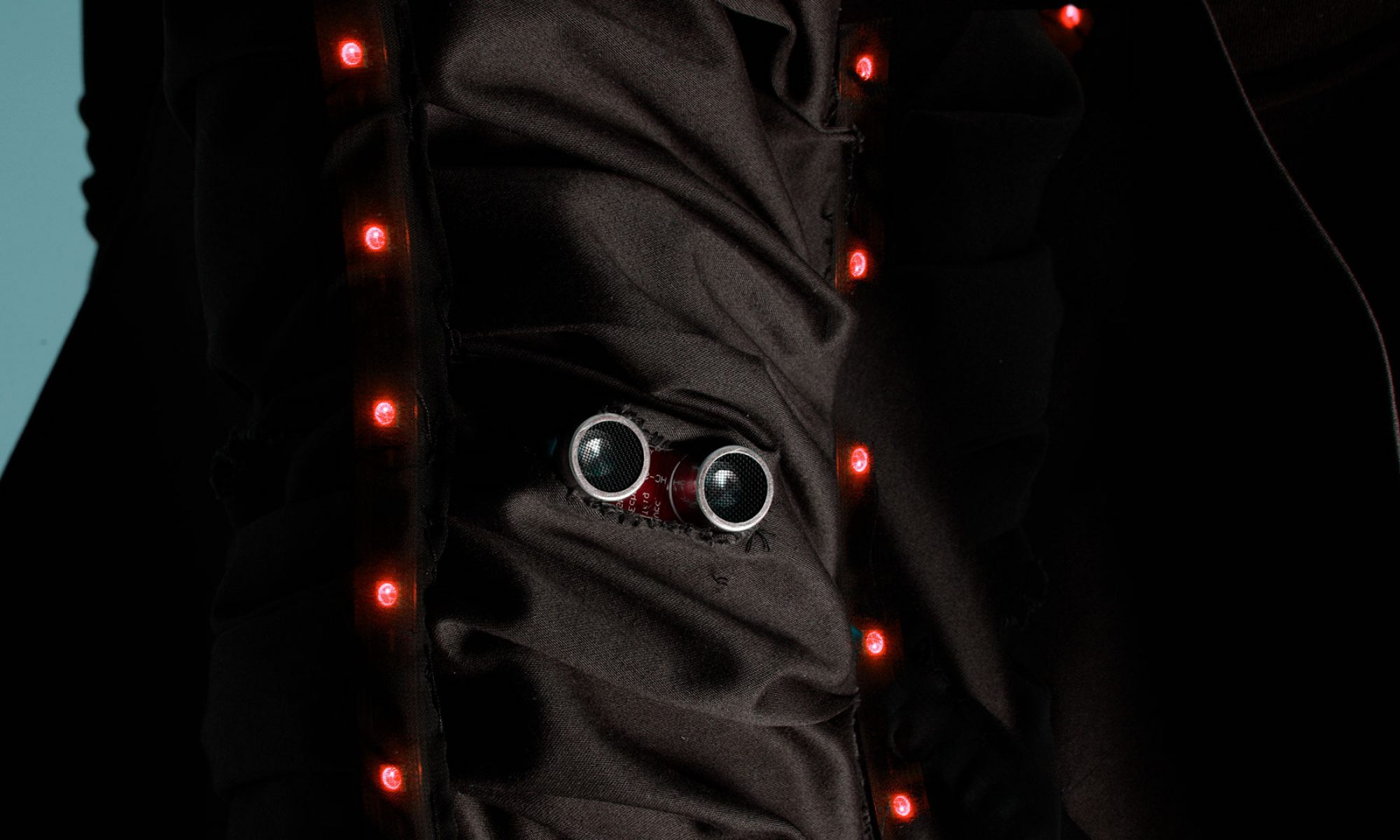The visual aesthetics of professional dancers are often very minimal. Dancers and choreographs nowadays want the emphasis on the muscles and body movements, not on the costume in the first place. Traditional ballet costumes on the other hand are often very intricately designed, sometimes even kitsch.
Oskar Schlemmer, a choreographer of the old Bauhaus school, created the triadic ballet.
Wikipedia: “He saw ballet and pantomime as free from the historical baggage of theatre and opera and thus able to present his ideas of choreographed geometry, man as dancer, transformed by costume, moving in space.”
In his ballet Oskar Schlemmer considered the costumes as more important than the dancer, as well as he thought that the movements of figurines were aesthetically more pleasant than those of human dancers. Therefore the costumes restricted body movements, the music was chosen around the costumes and finally the choreography of the dancers was created last.

The Tutu, which is the most common costume in ballet, covers very little of the body and its attached skirt sticks out, away from the body so that the upper and lower legs are fully visible. A costume that emphasizes the human body should therefore extend outwards from the body away, whereas a costume that puts its own importance above the dancer can layer across the whole body.
Furthermore a costume that emphasis the style of the dance itself, instead of emphasizing itself aesthetics more, should relate to the history and style of the commonly used designs. In this case the technology has to be hidden from the viewer, so that only the additional effects of the interactive costume are visible to the audience but not its construction. We see that LEDs and other light systems have their very own aesthetics these can easily create a steampunk or DIY look, this is not what we would want with a costume that adds up to an existing experience.
We try to come up with a costume that has both an haute couture look (modern) and aesthetics that refer to the roots of ballet. Moreover an interactive costume has to bridge the wide gap between fashion, art; the only fashion designer to be able to do so seems to be the dutch Iris van Herpen.
Our proposal involves the use of optical fibres as they allow to implement the technology delicately.



Dance Costume Design at the Victoria and Albert Museum
Das Triadische Ballett. Plakat für eine nicht realisierte Aufführung in Hannover, 19. + 26. Februar 1924, entworfen von Oskar Schlemmer. On Wikimedia Commons (No Copyright)
Iris van Herpen Fashion on Flickr by Zach Balbino (CC BY-ND 2.0)
Featured Image torange.biz: La transmission de données sur une fibre optique (CC BY 4.0)
Coco Rocha for Vogue US May 2008 as Poison Ivy, Catwoman, Batman, Dawnstar, Silver Surfer, and Batgirl. Photographed by (C) Craig Mcdean.

